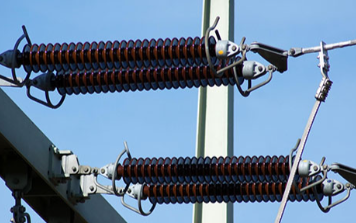The curing process of polyurethane sealant is crucial for the final adhesion performance and application effect. The main factors affecting the curing of polyurethane sealant are:
1. Curing Temperature
Curing temperature is one of the key factors affecting the curing effect of polyurethane sealant. Excessively high temperatures may cause the adhesive to flow or the adhesive layer to become brittle, reducing the bonding strength. Too low temperatures can make molecular chains difficult to move, insufficient cross-linking density, and incomplete curing reactions. For example, ordinary single-component moisture-curing polyurethane adhesives cure at room temperature through the reaction of moisture in the air with isocyanates, while some special formulations of polyurethane sealants require curing at high temperatures through latent curing agents.
2. Curing Pressure
Curing pressure also significantly affects the curing effect of polyurethane sealant. The magnitude of the pressure depends on the type of adhesive and the application scenario. For polyurethane sealants, additional pressure is usually not needed, and curing can be completed relying solely on the contact pressure generated by the weight of the bonded objects. In some special cases, such as when higher adhesive layer wettability and bonding effect are needed, pressure can be appropriately increased.
3. Curing Time
Curing time refers to the time required for polyurethane sealant to complete curing under specific temperature and pressure conditions. Different polyurethane sealants have different curing times. For example, single-component polyurethane road cold灌缝 (cold-mending) adhesives can cure quickly at room temperature, while some dual-curing system polyurethane sealants require further curing at high temperatures. Curing time is affected by curing temperature and pressure, with higher temperatures shortening the curing time.
4. Formula Composition
The composition of polyurethane sealant formulas significantly affects the curing process and performance. For example, the content of NCO in prepolymers, adhesion promoters, and thixotropy agents all affect the curing effect. By adjusting the formula, the curing process can be optimized to improve the mechanical performance and bonding effect after curing.
5. Environmental Humidity
For single-component moisture-curing polyurethane sealants, environmental humidity significantly affects the curing process. Moisture in the air reacts with isocyanates to form urea, which then reacts with other isocyanates to form biuret to complete cross-linking curing. Therefore, insufficient environmental humidity may lead to slow curing or incomplete curing.
6. Substrate Surface Treatment
The cleanliness and treatment of the substrate surface also significantly affect the curing and bonding effect of polyurethane sealant. For example, the surface of a welded vehicle body may have a small amount of grease, and the addition of adhesion promoters can improve the bonding effect of polyurethane sealant with the oiled steel plate. Therefore, it is necessary to ensure that the substrate surface is clean, dry, and free of contamination before construction.






